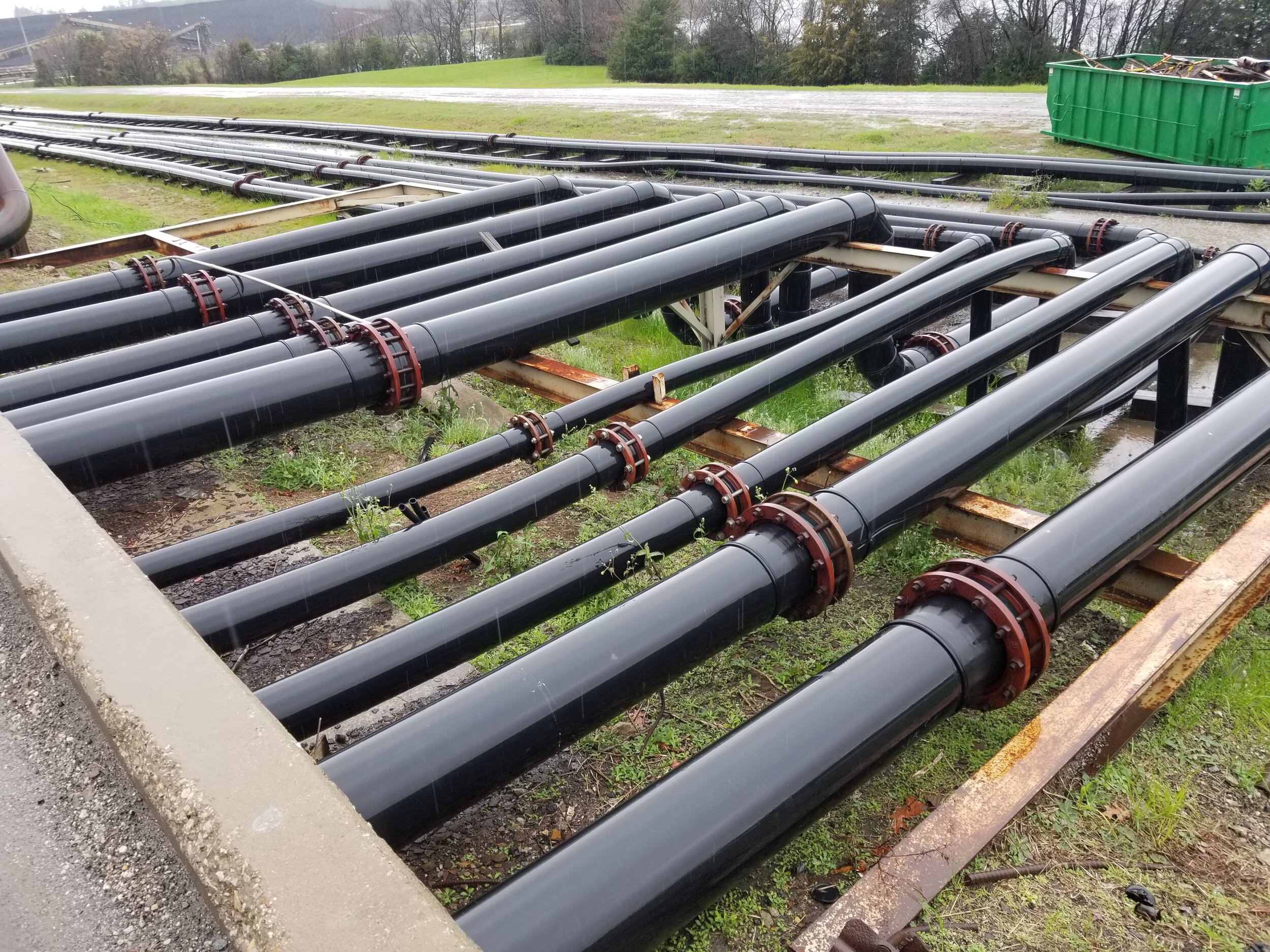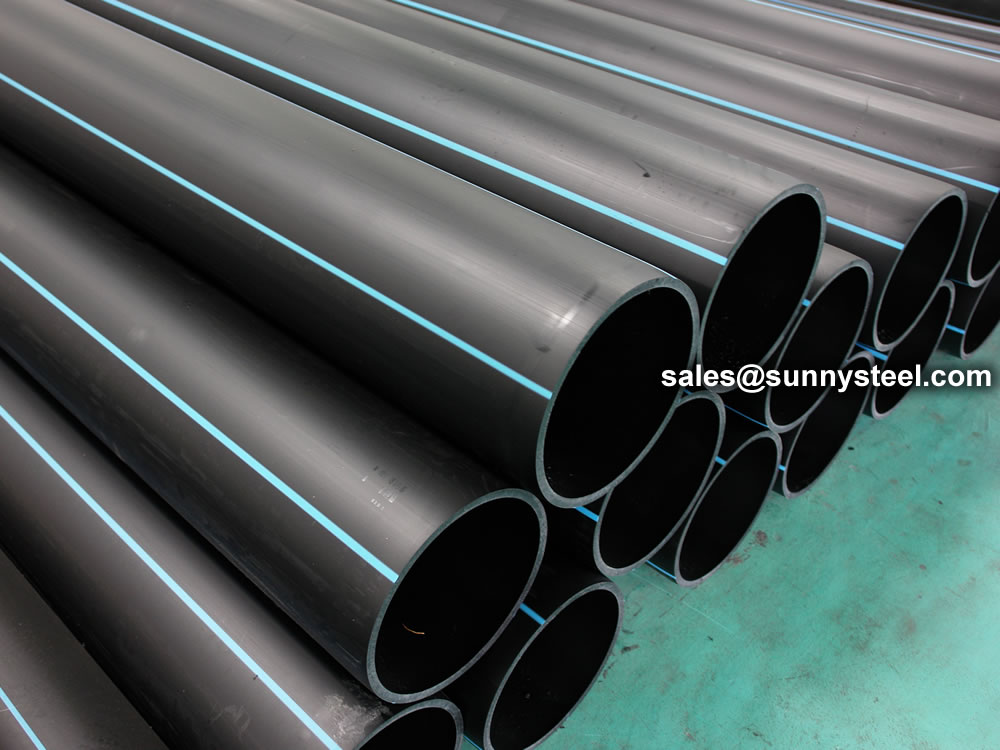How Midland TX HDPE Pipe Fittings in Stock Enable Faster Builds
Wiki Article
Comprehending the Secret Benefits of HDPE Pipe for Water and Wastewater Management
The use of HDPE pipe in water and wastewater administration provides many advantages that warrant factor to consider. Its exceptional toughness and lengthy life expectancy make it a preferred selection for lots of projects. In addition, the material's resistance to deterioration and chemical damage boosts its dependability in numerous settings. Nevertheless, the benefits prolong beyond just durability and resistance. Discovering its cost-effectiveness and ecological effect discloses even a lot more engaging reasons for its extensive adoption in contemporary facilitiesExceptional Durability and Longevity

HDPE pipeline attracts attention for its remarkable toughness and long life, making it a recommended choice in water management systems. Built from high-density polyethylene, these pipelines can hold up against substantial stress and stress, making sure trustworthy efficiency with time. Their durable nature permits them to sustain severe environmental conditions, including temperature level variations and dirt motions, which can trigger other materials to fail.
The lifespan of HDPE pipelines frequently exceeds half a century, giving an affordable option for communities and sectors alike. Furthermore, the material's lightweight buildings streamline installment, decreasing labor costs and durations. This longevity lessens the requirement for frequent fixings or substitutes, better boosting its economic appeal.
In water monitoring applications, the dependability of HDPE pipelines indicates fewer disruptions and improved service continuity, making them integral to lasting facilities development. The mix of longevity and durability strengthens HDPE's function as a keystone in efficient water monitoring solutions.

Resistance to Rust and Chemical Damages
While numerous materials catch rust and chemical damages with time, HDPE pipelines show impressive resistance, making them excellent for different water monitoring applications. This durability stems from the molecular structure of high-density polyethylene, which is inherently non-reactive and does not corrode like metals or weaken from exposure to severe chemicals. Therefore, HDPE is very effective in environments with aggressive compounds, such as wastewater systems that may include acids, bases, and natural solvents.
In addition, HDPE pipelines can endure ecological factors such as soil acidity and saline conditions, further enhancing their suitability for diverse applications (Pipe Supplier American Plastics Midland). Their capability to preserve structural integrity over time reduces the threat of leakages and failures, which is essential in guaranteeing the safety and reliability of water circulation and wastewater monitoring systems. As a result, the resistance to rust and chemical damage significantly adds to the general efficiency and longevity of HDPE piping solutions
Cost-Effectiveness and Economic Advantages
When thinking about the monetary implications of water monitoring systems, the cost-effectiveness of HDPE pipelines comes to be apparent. These pipelines use reduced setup and maintenance expenses compared to standard materials like steel or concrete. Their lightweight nature streamlines transportation and installment, resulting in minimized labor expenses. In addition, HDPE pipes display a lengthy lifespan, typically going beyond 50 years, which converts to fewer replacements and long-lasting cost savings.The resistance of HDPE to deterioration and chemical damage minimizes the requirement for expensive repairs and substitutes. The pipes additionally support efficient water flow, lowering power costs here related to pumping systems. By alleviating leakages and water loss, HDPE pipes add to substantial financial advantages for towns and sectors alike. Generally, the first investment in HDPE piping can produce substantial economic returns over the lifespan of the water management system, making it a sensible selection for lasting framework advancement.
Environmental Sustainability and Minimized Effect

Convenience and Adaptability in Setup
As a result of their one-of-a-kind buildings, HDPE pipelines supply exceptional flexibility and flexibility in setup, making them ideal for a vast array of applications. Their lightweight nature enables easier handling and transport, reducing labor prices and setup time. HDPE pipes can be curved and formed to fit numerous terrains and job needs, which is specifically valuable in challenging atmospheres.In addition, their resistance to corrosion and chemical damage permits installation in diverse setups without the requirement for specialized protective coatings. The capacity to fuse joints creates a constant, leak-free system, improving the total integrity and dependability of the setup. HDPE's adaptability likewise accommodates ground activity, minimizing the threat of damages in locations prone to shifting dirt. In general, these attributes make HDPE pipelines not just functional but also a preferred option for water and wastewater administration systems.
Regularly Asked Questions
Exactly How Does HDPE Pipeline Contrast to PVC in Water Management Applications?
HDPE pipeline supplies superior versatility, resistance to deterioration, and longevity contrasted to PVC. Its lighter weight facilitates less complicated setup, while its lengthy lifespan minimizes replacement expenses, making HDPE a favored option in water administration applications.What Is the Life-span of HDPE Piping Under Normal Problems?
Under common conditions, HDPE pipes can have a life-span varying from 50 to 100 years. Their longevity and resistance to corrosion contribute to their lasting efficiency in different applications, making them a reliable selection for facilities.Are HDPE Pipeline Recyclable After Their Life Span?
Yes, HDPE pipelines are recyclable after their service life. Texas hdpe pipe manufacturer. They can be refined and repurposed into brand-new products, greatly lowering environmental impact and advertising sustainability within the market, making them an eco-friendly choice for piping remediesWhat Is the Setup Process for HDPE Water Lines?
The installation procedure for HDPE pipelines involves website prep work, trenching, pipe blend or mechanical joining, backfilling, and pressure screening. Proper methods assure a long lasting and reliable system for transferring water and wastewater successfully.Can HDPE Piping Be Made Use Of for Both Safe And Clean and Non-Potable Water Systems?
Yes, HDPE pipelines can be utilized for both safe and clean and non-potable water systems. Their adaptability, durability, and resistance to rust make them suitable for different applications, guaranteeing safe and reliable transport of water in different contexts.Report this wiki page